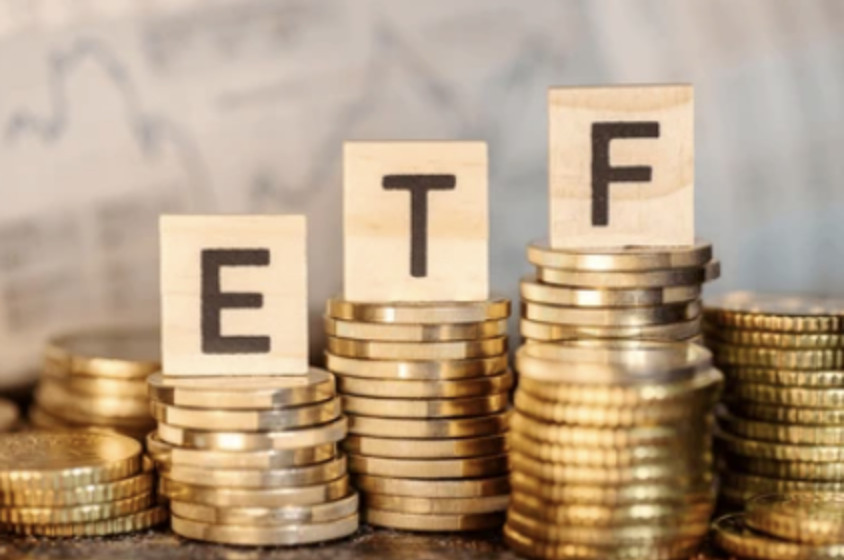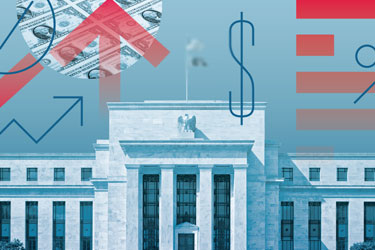U.S. auto market's second-half growth outlook overshadowed by automakers' fear of being losers
Auto sales growth slows as market worries about second-half outlook
Although U.S. auto sales are expected to grow 2.9 percent in the first half of this year compared with the same period a year earlier, the market is cautious about whether the auto industry can maintain this momentum by the end of the year. Cox Automotive, a U.S. automotive data company, pointed out that car inventory levels are rising, incentives are increasing, and uncertainty about the economy, interest rates and the U.S. presidential election is also increasing.
Cox expects sales growth to slow to 15.7 million units over the next six months, an increase of about 1.3% from 2023. Notably, this year's growth will come mostly from commercial sales, rather than more lucrative consumer sales.
Jonathan Smoke, Cox's chief economist, said, "Overall, we expect some weakness in the coming months." He believes that while there won't be a crash, it's unlikely to maintain the momentum of the first half of the year.

Good for consumers, bad for automakers
This slowing trend is good news for consumers. Many consumers have waited years to buy a new car during the New Crown epidemic as new car supply shortages have driven prices to record highs.
However, it will be a challenge for automakers. High demand and low supply of new cars during the global health crisis allowed many automakers to realize record profits. Wall Street expects most automakers to face challenges in car pricing and profits compared with record or near-record levels in recent years.
Charlie Chesbrough, a senior economist at Cox, said, "There's a lot of uncertainty ahead, which could make it difficult to continue the recent sales success." He is concerned that the current growth momentum will not be sustained in the second half of this year.
Both commercial and rental sales are showing signs of double-digit growth, while Cox expects retail's share of the overall industry to fall 9 percentage points from 2021 to around 79 percent.
Winners and losers
Cox expects the "winners" in sales for the first half of the year to be General Motors (GM.US), Toyota Motor (TM.US) and Honda Motor (HMC.US).
If Toyota can continue to grow, it could once again challenge GM's position as the best-selling automaker in the U.S., Chesbrough said. The Japanese company surpassed all other automakers for the first time in 2021.
Underperformers include Tesla (TSLA.US), whose sales are expected to fall 14.3 percent, and Stellantis, whose sales are expected to fall 16.5 percent through June. Honda outsold Stellantis in the U.S. in the first half of the year, dropping the Chrysler and Jeep parent to sixth place from its recent fourth-place finish.
Earlier this month, Stellantis' chief executive said the company was correcting "arrogant" mistakes he and the company made in its U.S. operations, which led to declining sales, swollen inventories and investor concerns.
Summarizing
The U.S. auto market's growth prospects for the second half of the year are overshadowed, with automakers fearing to be the losers. Rising vehicle inventory levels, increased incentives, and growing uncertainty about the economy, interest rates, and the U.S. presidential election will all have an impact on the future of the auto industry. While consumers will benefit from lower prices, automakers will be challenged to cope with slower sales, lower profits and increased competition in the marketplace.
MORE FROM WIRED

- Gucci's First-Half Sales Plunge Nearly 20% as Kering's Earnings Hit Red Lights

- Changes In The ETF Market: Rising Fees Raise Investor Concerns

- The Impact of the U.S. Election on the Consumer Market and Retailers' Responses
- Aug,28,2024

- Uncertainty and Market Forecasts on Oil Price Trends
- Aug,21,2024

- Market Jitters: Nikkei Plunges Amid Global Economic Concerns
- Aug,14,2024

- The Impact of the Fed's Successive Interest Rate Hikes on Global Financial Markets
- Aug,07,2024

- French Election "Surprise" Shocks Markets: Euro, Gold Price Volatility and Investment Strategy Adjustments
- Jul,31,2024